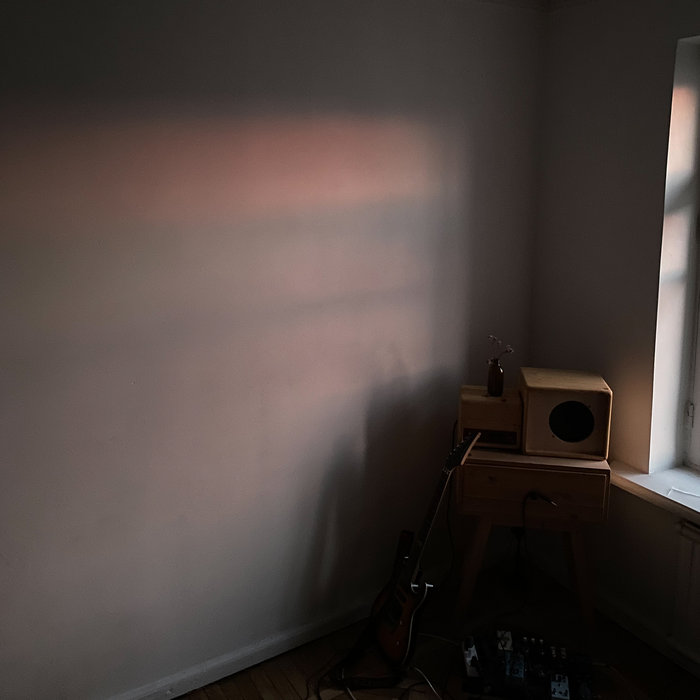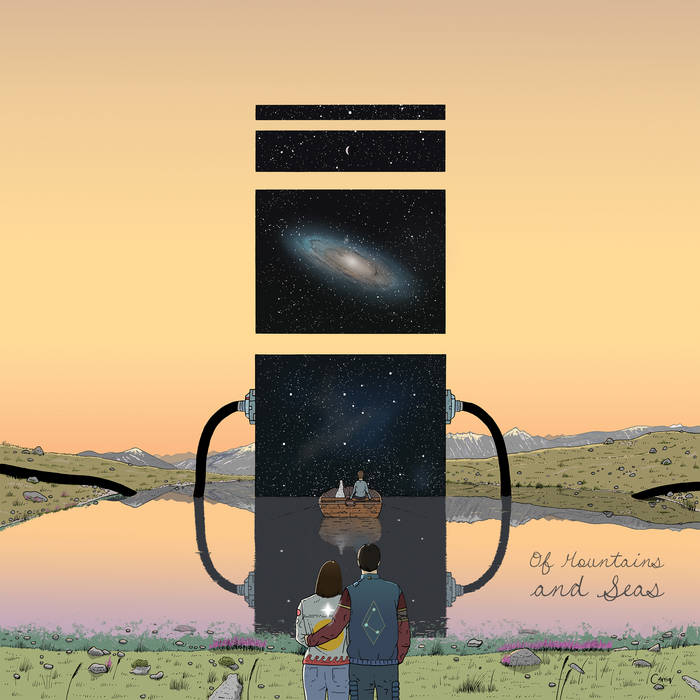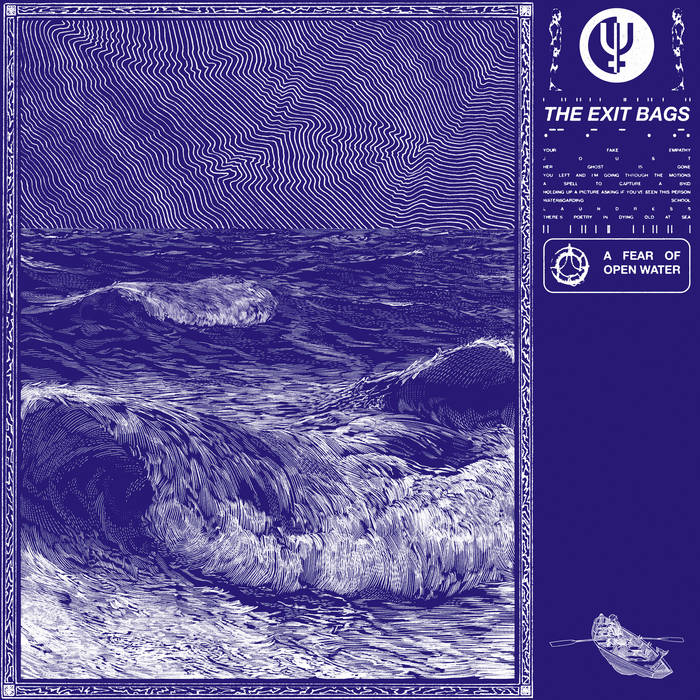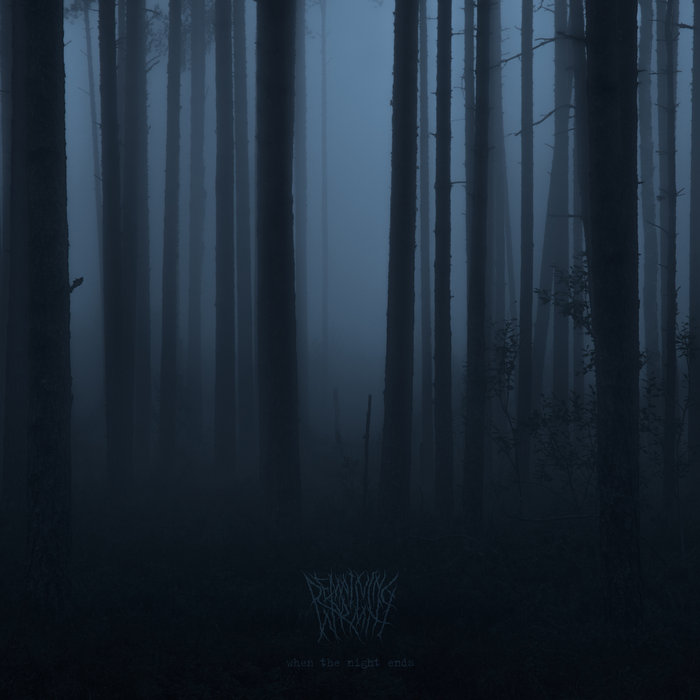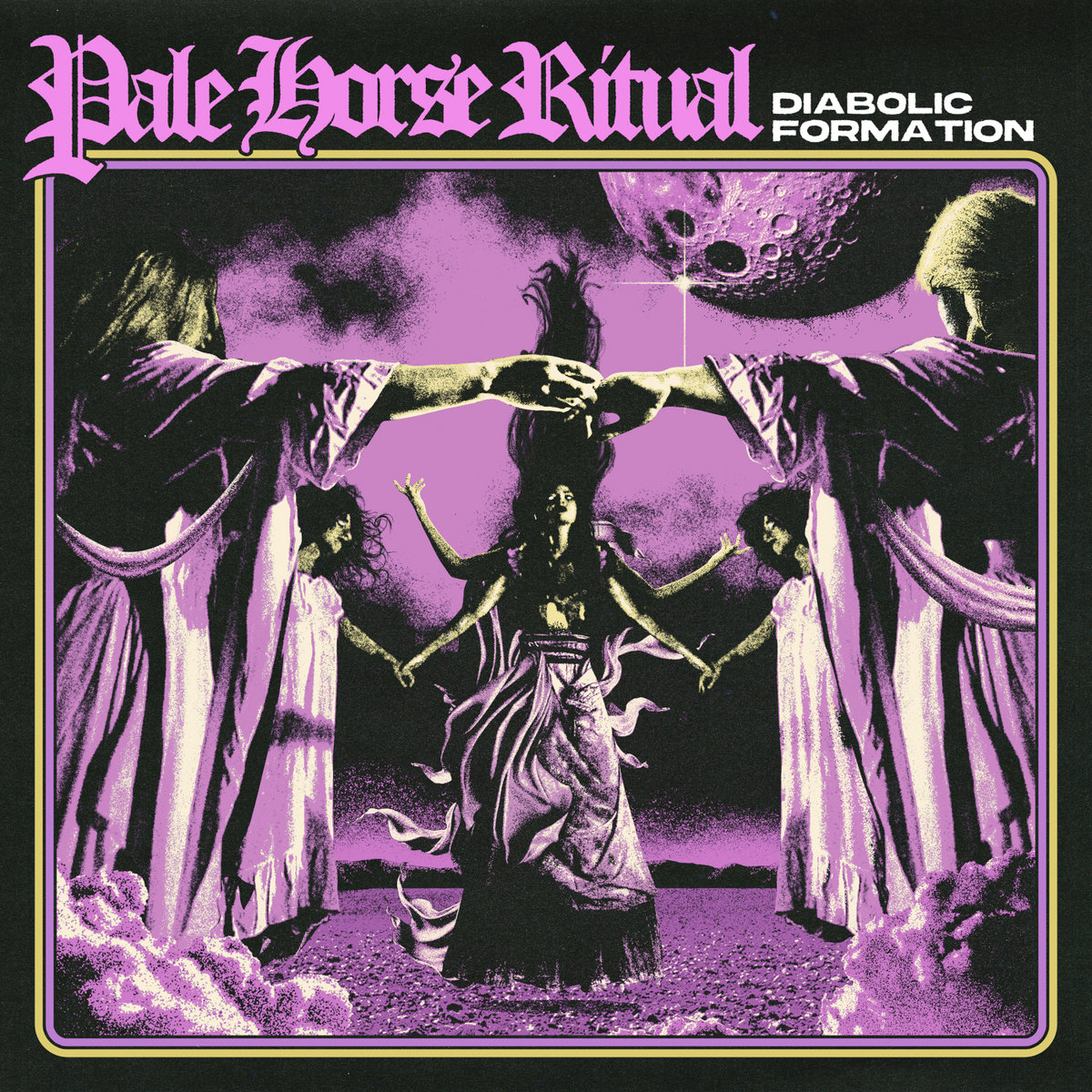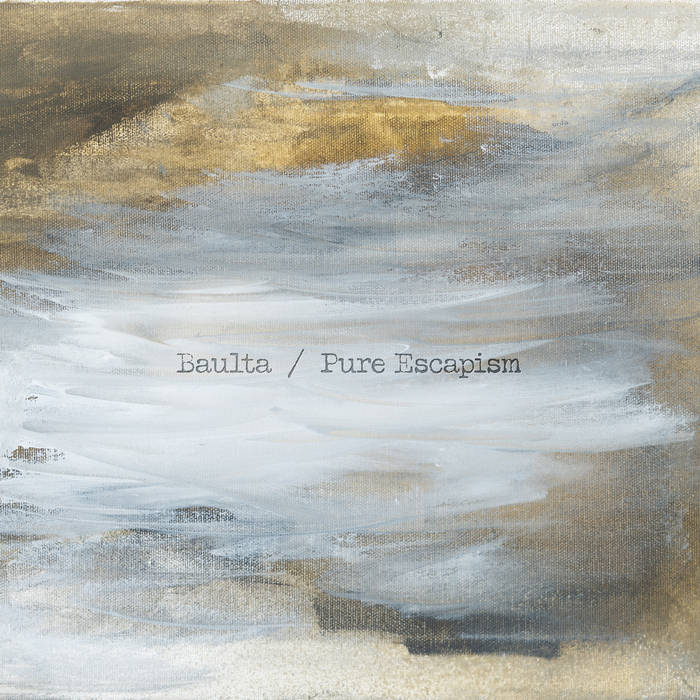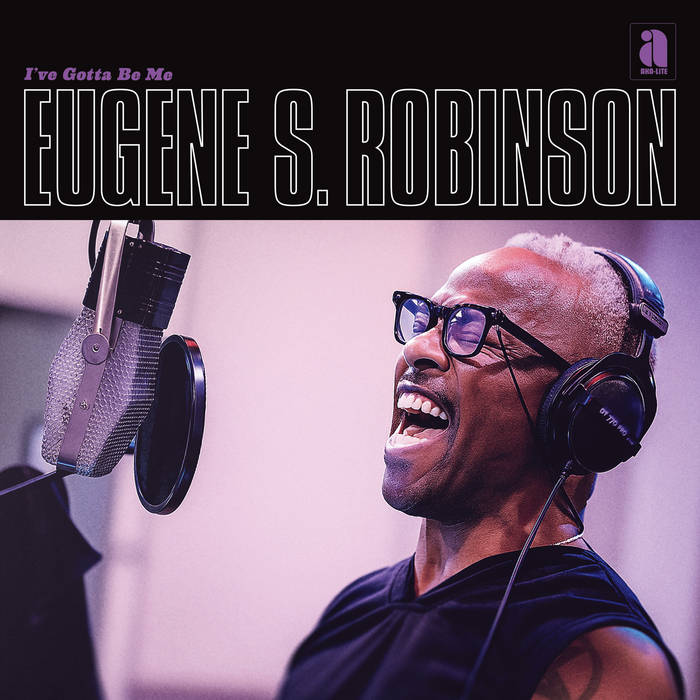When Brian Eno first coined the concept “Ambient” in 1976 with the title Ambient 1: Music for Airports he could not have foreseen how that concept flew off to induce and be the basis of genres, but also inspire a multitude of musicians who kept the concept “pure” Ambient, like this release from Cliff Ruin. The release could be named, in the tradition of Eno, Ambient: Music for Nature. But the chosen title Glimmer is just as relevant for the sense of quiet ambiance with the slight touch of ire it brings.
Behind the name Cliff Ruin we find Tim Yusupov whom we know from TRNA, Somn and Olhava. His drumming makes the diverse basis of those band’s energetic and influential music. But as he showed us on Olhava`s last album with the ambient track ”Reflection”, he is also a versatile creative force to be reckoned with within the Ambient genre.
Ambient can be many things and often people associate it with relaxing meditative music. But on this release, the artist has combined relaxing ambient music with elements of noise. I must admit that on my first couple of listens, the sound that stood out the most was the scratching, distorted static elements that feel like claws scratching at the edges and bottom of the dome of pleasant ambient sounds. The duality of ambient and noise that runs through the album makes it a multi-layered album from which you get a different listening experience with each listen.
We music lovers know that an album like this is not for one listen, but many, and as it grows on you, you will feel rewarded. Repeated listens reveal many subtle layers and it feels like every track slowly develops a distant melodic theme. All the sound effects converge into beautiful soundscapes. However, here is the clue for what makes it so interesting: the static noise elements disturb the whole and conjure a duality to the listening experience, a kind of foreboding sense that beneath the delightfulness there is some distorted emotional ire.
One nice thing with Ambient and Noise as art, separated or fused together, it can be perceived quite differently by the listener from what the artist has meant to communicate. Brian Eno did not give titles to his tracks, the only clue was in the album`s title. On this album, the listener is given a direction for the listening experience, and there is of course nothing wrong with that.
Having the title ”Aurora” in mind when listening through the first track, one can almost see the play in the sky from the cinematic colorful aurora as the musical sounds are seeping through, overlaying each other. Soft bass tones are used to lay a foundation for the soundscape together with electronic droplets that fall through the sound. The electric distorted statics become freezing winds over plains, or it might be the magnetosphere created by solar winds.
”Limerence” is a fascinating track with a distorted static opening - kind of scratching sounds before a dome of both dark and lighter sounds rises above. The light sound lingers and increases a yearning sense while at the same time the disturbing static stays at the bottom. And the softness of the track ”Contours” is highlighted by the use of bass lines and guitar strings that take a peak in the layers. The use of the soft bass immersed in somewhat distorted effects is really effective to make the soundscape melodic and conjure depth. These two tracks are like opposites and work well following each other. This might not be what the artist intended at all, but that is true art - it lives beyond the creator.
We are also given a clue on ”Rest” and I cannot help getting a sense of a comfortable rest on grass in a clearing in the woods with distant-sounding cowbells. It is a warm track in which the distant distorted sounds feel like a stream of fresh water. In contrast, ”Shadow” gives the sense of darkness or bleakness even if there are some light sounds on the edges. The many layers of sound converge around a deep line of sound. The sounds, both distorted and clean, swirl slowly around the middle tone with the static sounding like some never-ending thunder. It is very effective.
The use of guitar strings is very effective in the many layers of sound on ”Wander”. The track drifts toward some darkness and fades a bit before coming back stronger with the ever-present static at the bottom of the floating. What is fascinating here, and on the other tracks, is that throughout the track there are traces of a converging melodic theme as the sonics motion forward.
Being an avid listener of Electronic, Ambient and the likes for decades, I was astonished when I discovered that this album is made purely by the use of guitar and pedals. In that way, he is in good company with both Drott and Noveller, although their musical approach and scope are quite different.

